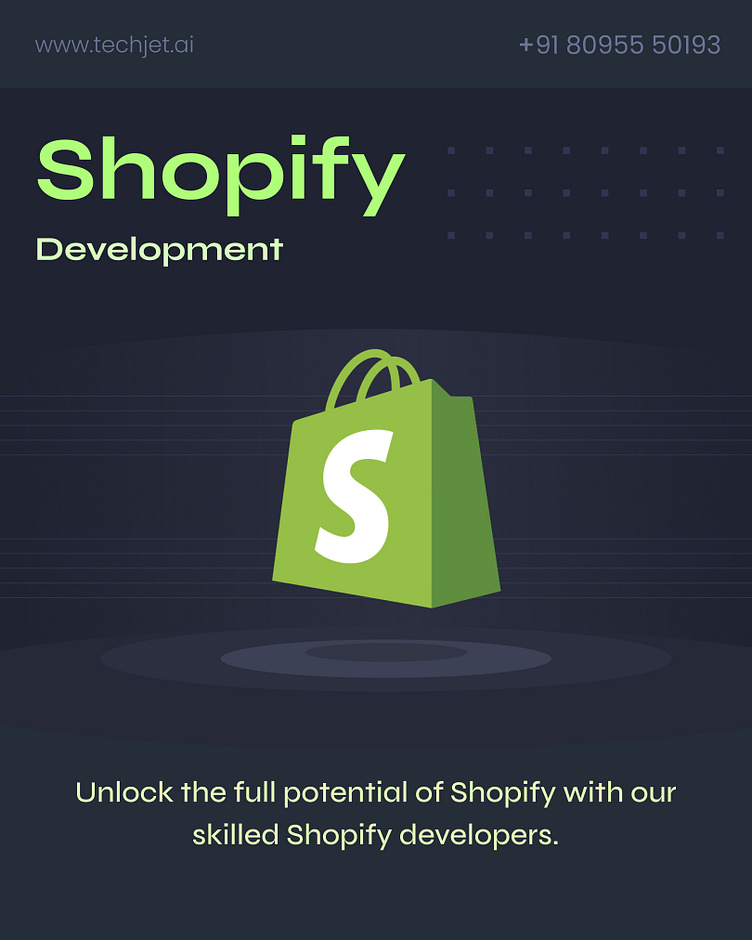Building a Shopify Store: Budget Planning for Entrepreneurs.
Customization and Themes
Customization is where you can truly make your store shine, but it’s also where costs can start to add up. Shopify provides a plethora of free and paid themes. While free themes are great for getting started, paid themes offer more customization options and unique designs, which can enhance your brand’s presence online. Beyond themes, custom development work, such as tweaking the code to add new features or changing the layout, requires hiring a developer. The cost here depends on the complexity of the work and the developer’s rates.
To ensure your Shopify store not only attracts customers but also provides a seamless shopping experience, incorporating the right features and add-ons is key. While Shopify offers a robust platform out of the box, these additional tools can significantly boost your store’s functionality and, ultimately, its success.
Payment Gateways
Marketing Tools
In the digital age, the right marketing tools can make a big difference in drawing traffic to your store and converting visits into sales. Shopify’s app marketplace offers a plethora of marketing tools, from email marketing to social media integration and SEO. While many basic tools are available for free or at a low cost, more advanced or specialized tools might require a subscription fee. Investing in marketing tools is essential for growing your customer base and driving sales.
Shipping Integration
When venturing into the exciting world of e-commerce with Shopify, entrepreneurs often budget for the obvious expenses: subscription plans, domain name, and initial setup fees. However, there are hidden costs that, if not accounted for, can surprise you down the line. Understanding these can help you better plan your finances and avoid any unexpected shocks.
App Development Costs
Apps are essential for enhancing the functionality of your Shopify store, offering everything from SEO tools to customer review integrations. While Shopify provides a variety of free apps, many of the most powerful and versatile apps come with a cost, either as a one-time purchase or a monthly subscription. These costs can quickly add up, especially if you’re aiming to provide a high level of functionality and customer experience. Consider which apps are truly necessary for your store and budget for them accordingly. It’s also wise to regularly review your app subscriptions to ensure they’re still serving your needs and worth the investment.
Maintenance and Updates
Careful budget planning is key to the successful launch and growth of your Shopify store. It ensures you can cover all necessary costs without depleting your resources, allowing you to focus on growing your business. Here are some actionable tips to help you plan your budget smartly.
Set Clear Goals and Prioritize
Research Discounts and Offers
Consider Long-Term Costs
While focusing on the initial setup costs is important, don’t forget to plan for the long-term. This includes ongoing subscription fees, maintenance costs, marketing and advertising, and scaling up your store. Anticipate how these expenses might grow as your business expands. By planning for these long-term costs, you can ensure that your store remains financially viable and can continue to grow without hitting unexpected financial roadblocks.
By being mindful of the hidden costs and applying strategic budget planning, you can set your Shopify store on a path to success. Remember, a well-planned budget is not just about cutting costs; it’s about making smart investments that drive your business forward.
